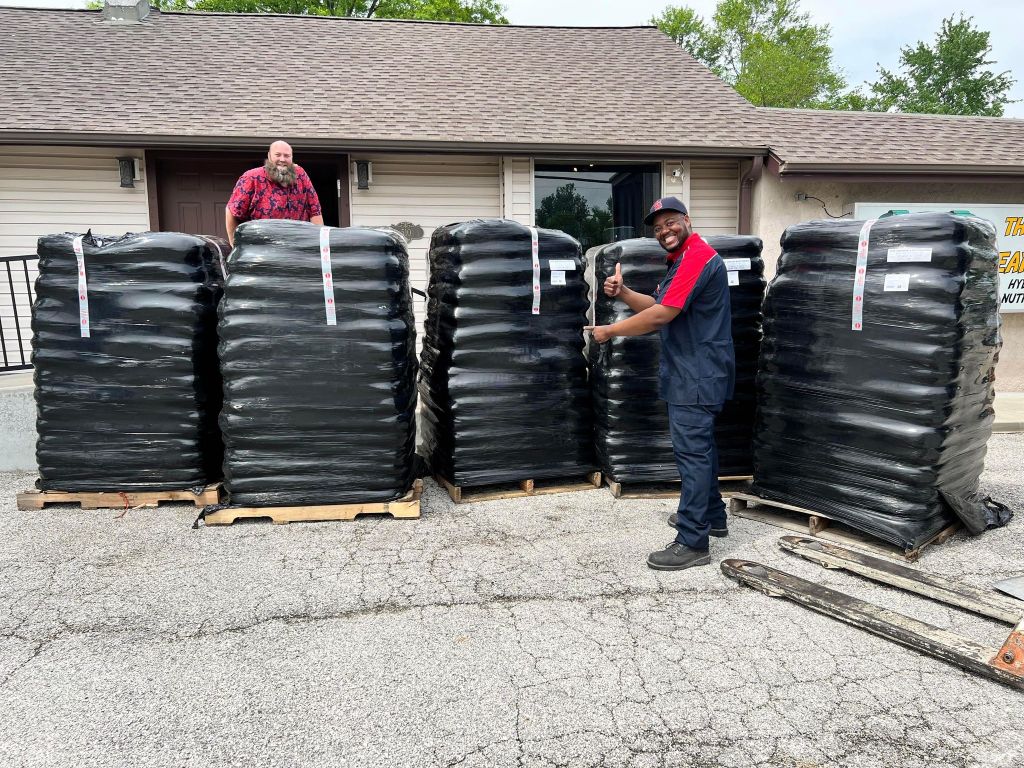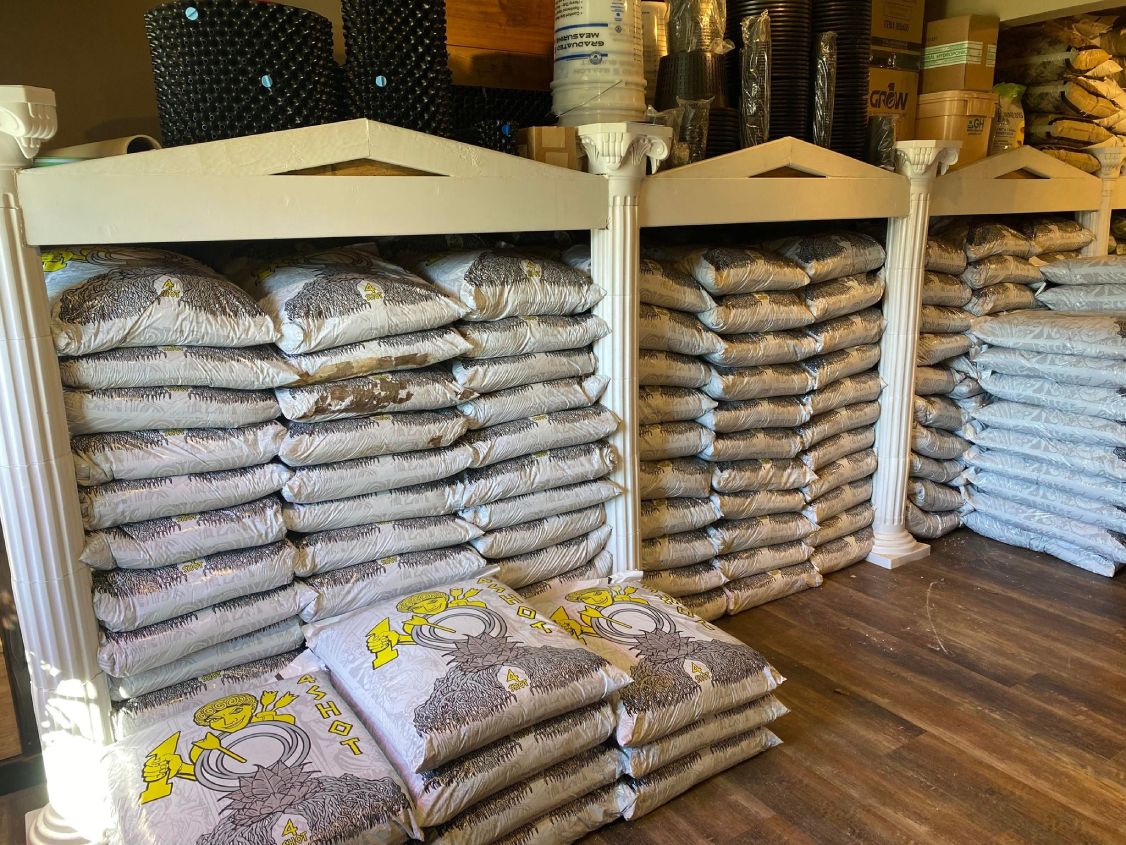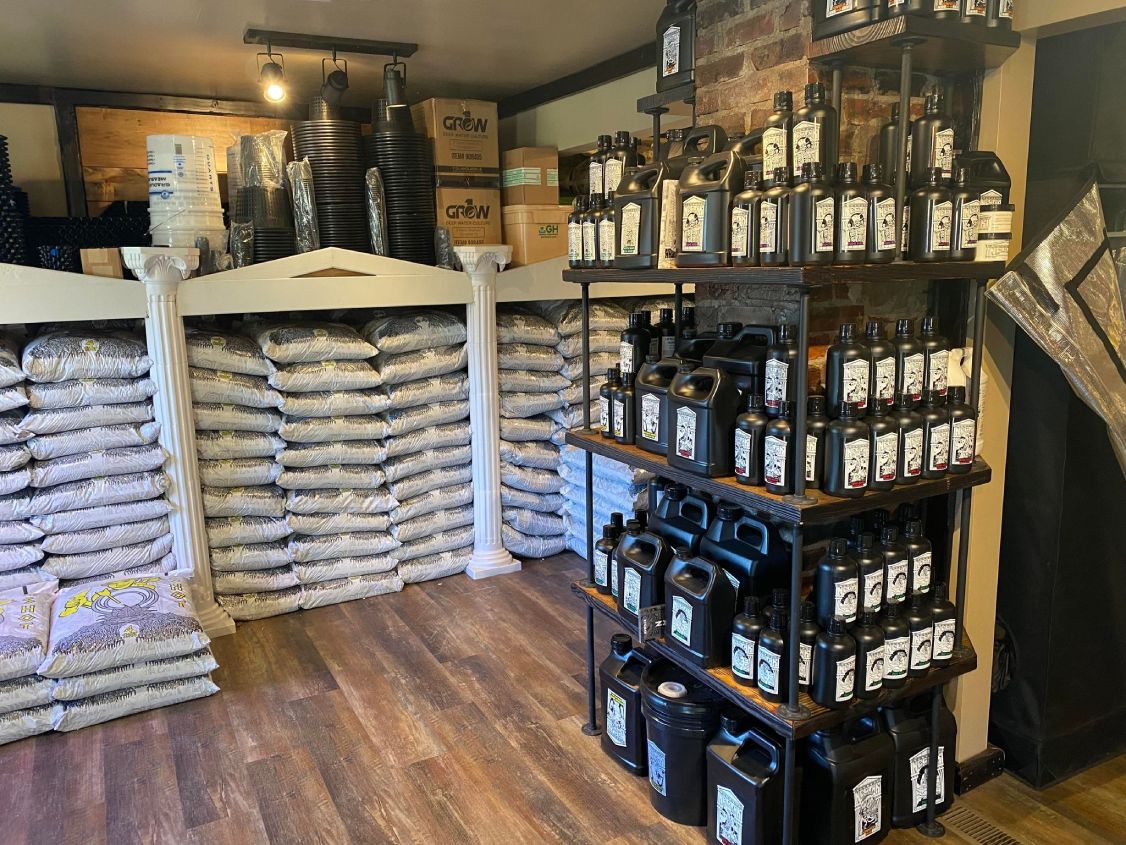Study the World of Hydroponics: Exploring Numerous Kinds
Within the realm of hydroponics lies a varied range of farming techniques that provide one-of-a-kind benefits for growing plants without dirt. As we begin on this exploration of various hydroponic systems, we will reveal the ins and outs of methods like the Nutrient Movie Technique (NFT), Deep Water Culture (DWC), Wick System, Ebb and Flow (Flooding and Drain), and Aeroponics. Each method offers a distinctive strategy to nurturing plants in a soil-less environment, appealing innovation and efficiency in the world of modern-day farming.

The Nutrient Film Method (NFT)
The Nutrient Movie Strategy (NFT) is a hydroponic system that entails a continual circulation of nutrient service over plant origins in a slim movie to promote reliable nutrient uptake. This technique uses a shallow stream of water which contains dissolved nutrients, allowing the plant origins to have constant access to the necessary elements for development - The Indoor Earthworm. The nutrient solution moves along the base of the network, getting in touch with the roots and after that receding, offering an extremely oxygenated atmosphere important for origin health
Among the key advantages of the NFT system is its water performance. Because the nutrient service is recirculated, it needs less water compared to typical soil-based horticulture. Furthermore, the regulated environment of the NFT system lessens the threat of nutrient discrepancies and illness, bring about healthier plants. This technique requires cautious monitoring of pH levels and nutrient focus to make certain optimal plant growth. In general, the Nutrient Movie Technique is a popular choice among hydroponic enthusiasts due to its simplicity, performance, and space-saving design.
Deep Water Society (DWC)
In a DWC system, plants are placed in web pots, permitting their origins to hang straight right into a nutrient remedy. The key to success in DWC is preserving the correct oxygen degrees in the nutrient service to protect against root rot and promote healthy and balanced plant growth.
One of the primary benefits of DWC is its low maintenance demands. With fewer relocating parts and no need for a complicated watering schedule, DWC is a beginner-friendly option for those new to hydroponic gardening. In addition, the straight accessibility to oxygen and nutrients allows plants to uptake what they require much more efficiently, typically causing faster development prices and higher yields contrasted to typical dirt cultivation techniques. Managing water temperature level and preventing algae growth in the nutrient solution are essential considerations when carrying out a DWC system.
Wick System
In hydroponic farming, the Wick System is a passive approach that makes it possible for plants to create vitamins and mineral solution via capillary activity. This system is simple and ideal for novices due to its simplicity. It consists of a growing tray full of an inert tool like perlite or vermiculite, where plants are positioned. A wick, usually made from products like cotton or nylon, expands from the expanding tray into a tank filled with the nutrient solution. The capillary action of the wick permits the nutrient remedy to relocate from the tank to the expanding tray, guaranteeing a constant supply of nutrients to the plants' roots. One of the benefits of the Wick System is its affordable and convenience of setup. It may not be ideal for larger plants or those with high nutrient demands, as the easy nature of the system can lead to irregular nutrition circulation. Generally, the Wick System provides a efficient and easy method to exercise hydroponic gardening.
Ebb and Flow (Flooding and Drain)
Discovering the Ebb and Circulation (Flooding and Drain) system gives understanding into a vibrant hydroponic method that rotates between flooding and draining the plant origins with nutrient remedy. This system runs by index occasionally flooding the plant containers with a nutrient solution from a storage tank and after that enabling the excess service to drain back. The process is generally regulated by a timer to make certain routine flooding cycles, giving the roots with oxygen as the remedy declines.
Ebb and Circulation systems are versatile and can accommodate various plant sizes and kinds. They supply a good balance of water retention and oygenation, advertising healthy origin development. The periodic flooding helps supply nutrients straight to the origins, enhancing nutrient uptake efficiency. Furthermore, the ebb and circulation activity prevents water stagnancy, decreasing the risk of origin rot and various other water-related concerns.
This technique is prominent amongst hydroponic fanatics for its adaptability, simplicity, and performance to different plant requirements. With appropriate monitoring and maintenance, the Ups and downs system can support robust plant development in a regulated hydroponic environment.
Aeroponics
Using a high-pressure misting system, Aeroponics is a sophisticated hydroponic method that suspends plant origins in Resources an oxygen-rich environment to advertise optimal nutrient absorption and energetic development. Unlike other hydroponic methods, which immerse roots in water or a nutrient service, Aeroponics provides nutrients straight to the origins through a great mist. This mist is splashed at regular periods, making sure that the roots receive a consistent supply of water, oxygen, and nutrients.

One of the vital benefits of Aeroponics is its capacity to take full advantage of nutrient uptake while decreasing water usage. By delivering nutrients directly to the origins, plants can absorb them much more effectively, leading to faster growth rates and greater yields. Furthermore, the oxygen-rich environment developed by the misting system boosts origin growth and helps avoid origin illness.
Aeroponics is specifically appropriate for expanding leafy greens, herbs, and various other plants that More hints thrive in aerated environments. The Indoor Earthworm. Its efficient use of resources and capacity to advertise fast growth make it a preferred selection for hydroponic lovers wanting to accomplish ideal results
Verdict
In verdict, hydroponics uses a series of ingenious methods for growing plants without soil. From the nutrient film technique to deep water society, each technique has its very own benefits and difficulties. By recognizing and making use of these numerous types of hydroponic systems, people can explore new possibilities for lasting agriculture and take full advantage of plant development in regulated settings.
